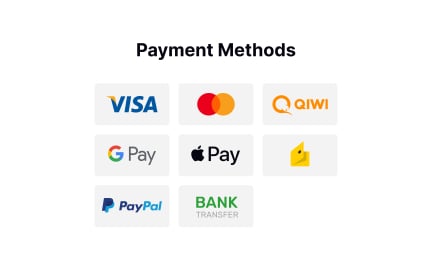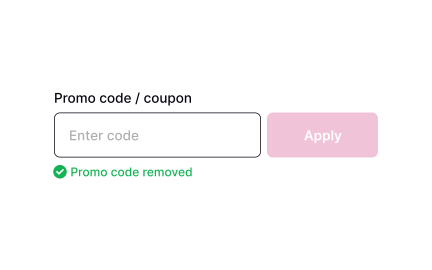Pricing Strategies
Pricing strategies define how a product’s cost is structured, based on value, competitors, or user tiers, and they support business growth and fit.
What are Pricing Strategies?
You're leaving money on the table with underpriced products or losing customers to competitors because your pricing doesn't reflect the value you deliver. You've probably struggled with pricing decisions that feel like guesswork, wondering whether to compete on price or premium positioning.
Most businesses treat pricing as a cost-plus calculation when strategic pricing can be the fastest way to improve profitability, market positioning, and competitive advantage without changing anything else about your product or operations.
Pricing strategies are systematic approaches to setting and managing prices that align with business objectives, market conditions, and customer value perception, encompassing everything from penetration pricing and premium positioning to dynamic pricing and psychological pricing tactics that optimize revenue and market share.
Strategic pricing decisions can improve profit margins by 25-50% and affect business valuation more than any other single factor, making pricing strategy one of the highest-impact business levers available to most companies.
Think about how companies like Apple use premium pricing to reinforce quality perception, while Amazon leverages dynamic pricing to optimize for market share and customer acquisition across millions of products simultaneously.
Why Pricing Strategies Matter for Business Success
Your pricing decisions are based on intuition, competitor copying, or simple cost-plus formulas that don't optimize for customer value perception, market positioning, or profit maximization across different customer segments and contexts.
The cost of poor pricing strategy is substantial and often hidden. You get missed profit opportunities, wrong customer attraction, market positioning confusion, competitive disadvantage, and revenue volatility that makes business planning difficult.
What strategic pricing delivers:
Higher profitability through price optimization that captures more customer value while maintaining competitive positioning and market share growth or stability.
When you price strategically, you can often increase prices 10-20% without losing customers because you're better communicating and delivering value.
Better market positioning as pricing communicates value proposition and quality level to customers who use price as a signal for product category and competitive comparison.
Enhanced customer segmentation by using different pricing approaches for different customer types, usage patterns, or value realization scenarios that maximize revenue from diverse market segments.
Improved competitive advantage through pricing strategies that are difficult for competitors to replicate or respond to effectively, creating sustainable business differentiation.
More predictable revenue through pricing models that align with customer value realization and usage patterns, improving cash flow forecasting and business planning accuracy.
Advanced Pricing Strategies
Once you've established basic pricing strategy, implement sophisticated optimization and market positioning approaches.
Dynamic Pricing Implementation: Use data and algorithms to adjust prices based on demand patterns, competitive changes, customer segments, or market conditions that optimize revenue in real-time.
Psychological Pricing Integration: Combine strategic pricing with psychological principles like anchoring, bundling, and loss aversion to optimize both price levels and customer acceptance.
Value-Based Pricing Sophistication: Develop deep understanding of customer economic value creation that enables pricing based on outcomes delivered rather than inputs provided or time invested.
Multi-Tier Strategy Optimization: Create pricing tiers that maximize customer lifetime value by providing natural upgrade paths while serving different customer segments with appropriate value-price relationships.
Recommended resources
Courses

Product Discovery

Product Analytics

Introduction to Product Management
Lessons

Making a Payment

Common Causes of Customer Churn







